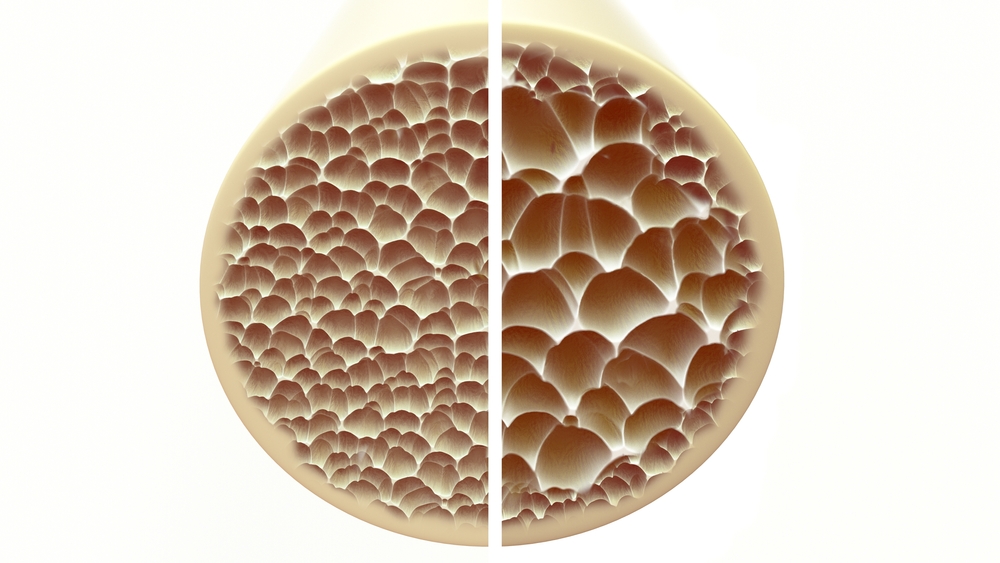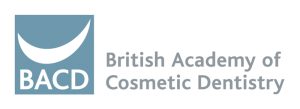Make no bones about it
Featured Products Promotional FeaturesPosted by: Dental Design 17th March 2024

The links between oral health and osteoporosis are becoming increasingly apparent
Poor oral health and untreated oral diseases are associated with multiple health conditions and noncommunicable diseases (NCDs). NCDs are the leading cause of death and disability worldwide, responsible for 70% of global mortality. This figure is projected to reach 74% by 2030.[i]
Whole Body Health in dentistry is an approach that considers the impact of oral health on the overall health and wellbeing of an individual.[ii] It recognises that oral conditions and dental treatments can have systemic implications. Indeed, various studies have shown links between oral health and conditions such as cardiovascular disease, diabetes, respiratory infections, and adverse pregnancy outcomes. For example, gum disease has been associated with an increased risk of heart disease and strokes.
By focusing on Whole Body Health, dental professionals aim to not only treat dental issues but also promote overall health and prevent potential systemic diseases. This involves providing comprehensive dental care, educating patients about the importance of oral hygiene, and working collaboratively with other healthcare professionals to address any underlying health concerns.
Bone mineral density
Osteoporosis, the bone disease that leads to weak bones and puts the sufferer at an increased risk of fractures, is a prevalent condition with links to oral health.[iii] While it is
more prevalent among older women (post-menopausal) in whom decreased oestrogen is responsible for the loss of bone mineral density, it is also reported in men over the age of 65.
In women, the prevalence of osteoporosis increases markedly, from approximately 2% at 50 years of age to almost 50% at 80 years of age. In England and Wales, more than 2 million women have osteoporosis.[iv] In Europe, the International Osteoporosis Foundation estimates 22 million women and 5.5 million men have the condition.iv
Osteoporosis can directly influence oral health by weakening the jawbone.[v] As the condition progresses, it can lead to dental complications such as loose teeth, tooth loss, and receding gums.
One study found significant associations between missing teeth, osteoporosis and a higher risk for periodontal disease.iv Also, the probability of fracture in patients was higher in those with more severe periodontitis among men and women aged 40-89. Indeed, the condition shares a number of risk factors and demographic characteristics with periodontitis.[vi]
Inflammatory markers
Research has shown that having poor oral health, especially periodontal disease, can contribute to the development and progression of osteoporosis.[vii] Chronic gingival inflammation associated with periodontal disease releases inflammatory markers that can enter the bloodstream, promoting systemic inflammation and impairing bone metabolism. This can exacerbate bone loss in individuals already predisposed to osteoporosis, leading to increased fracture risk.
Dietary factors can play a vital role in maintaining both oral health and bone integrity.[viii] A diet low in essential nutrients, particularly calcium, vitamin D, and vitamin K, can contribute to weakened bones and tooth loss.[ix] Adequate intake of these nutrients is crucial for supporting optimal oral health and preventing osteoporosis. Calcium and vitamin D are essential for bone mineralisation, while vitamin K is important for blood clotting and mineralisation of bone tissue.[x]
Collaboration between dental professionals and medical practitioners is crucial for managing both oral health and osteoporosis effectively. Routine dental check-ups can help identify early signs of oral health issues as well as assess the overall condition of jawbone density. Dental professionals can provide guidance on oral hygiene practices, dietary recommendations, and the use of fluoride treatments to promote both oral health and bone health.
The Whole Body Health approach to dentistry will be explored at this year’s British Academy of Cosmetic Dentistry’s Annual Conference (7th-9th November 2024) when Dr Miguel Stanley, founder and clinical director of the globally renowned White Clinic, addresses delegates. He is a keen proponent of Regenerative Medicine which is a 360o approach that contemplates the human body as a whole. Sustained oral health means strong general health, he maintains. You can prebook your place at the BACD event today at www.bacd.com.
The links between oral health and osteoporosis are becoming increasingly apparent. Both conditions share common risk factors, pathogenic mechanisms, and consequences that can significantly impact overall wellbeing. Maintaining good oral health is not only essential for preserving a smile but also for supporting strong and healthy bones. As a result, an holistic approach to healthcare, encompassing both oral and general health, should be adopted to minimise the risk and impact of these interrelated conditions.
For further enquiries about the British Academy of Cosmetic Dentistry visit
[i] World Health Organization, Factsheet 355, Noncommunicable Diseases, updated July 2017. https://www.who.int/news-room/fact-sheets/detail/noncommunicable-diseases [Accessed December 2023]
[ii] FDI World Dental https://www.fdiworlddental.org/whole-body-health
[iii] Healthline, https://www.healthline.com/health/does-osteoporosis-affect-your-teeth
[iv] NICE https://cks.nice.org.uk/topics/osteoporosis-prevention-of-fragility-fractures/background-information/prevalence
[v] Gulsahi A. Osteoporosis and jawbones in women. J Int Soc Prev Community Dent. 2015 Jul-Aug;5(4):263-7. doi: 10.4103/2231-0762.161753. PMID: 26312225; PMCID: PMC4547439. [Accessed December 2023]
[vi] Contaldo M, Itro A, Lajolo C, Gioco G, Inchingolo F, Serpico R. Overview on Osteoporosis, Periodontitis and Oral Dysbiosis: The Emerging Role of Oral Microbiota. Applied Sciences. 2020; 10(17):6000. https://doi.org/10.3390/app10176000 [Accessed December 2023]
[vii] Yu B, Wang CY. Osteoporosis and periodontal diseases – An update on their association and mechanistic links. Periodontol 2000. 2022 Jun;89(1):99-113. doi: 10.1111/prd.12422. Epub 2022 Mar 4. PMID: 35244945; PMCID: PMC9067601. [Accessed December 2023]
[viii] Martinon P, Fraticelli L, Giboreau A, Dussart C, Bourgeois D, Carrouel F. Nutrition as a Key Modifiable Factor for Periodontitis and Main Chronic Diseases. J Clin Med. 2021 Jan 7;10(2):197. doi: 10.3390/jcm10020197. PMID: 33430519; PMCID: PMC7827391. [Accessed December 2023]
[ix] Botelho J, Machado V, Proença L, Delgado AS, Mendes JJ. Vitamin D Deficiency and Oral Health: A Comprehensive Review. Nutrients. 2020 May 19;12(5):1471. doi: 10.3390/nu12051471. PMID: 32438644; PMCID: PMC7285165. [Accessed December 2023]
[x] van Ballegooijen AJ, Pilz S, Tomaschitz A, Grübler MR, Verheyen N. The Synergistic Interplay between Vitamins D and K for Bone and Cardiovascular Health: A Narrative Review. Int J Endocrinol. 2017;2017:7454376. doi: 10.1155/2017/7454376. Epub 2017 Sep 12. PMID: 29138634; PMCID: PMC5613455. [Accessed December 2023]










